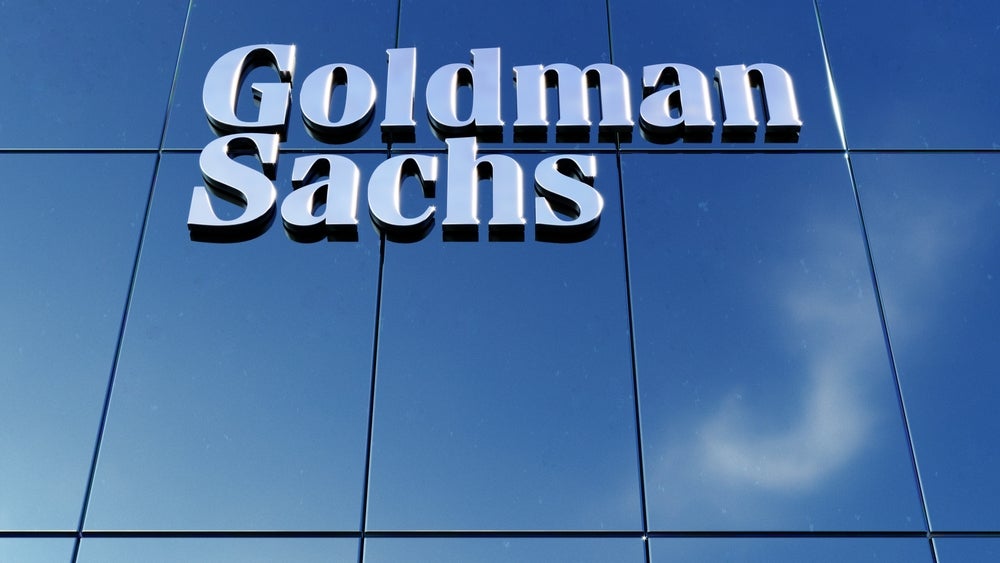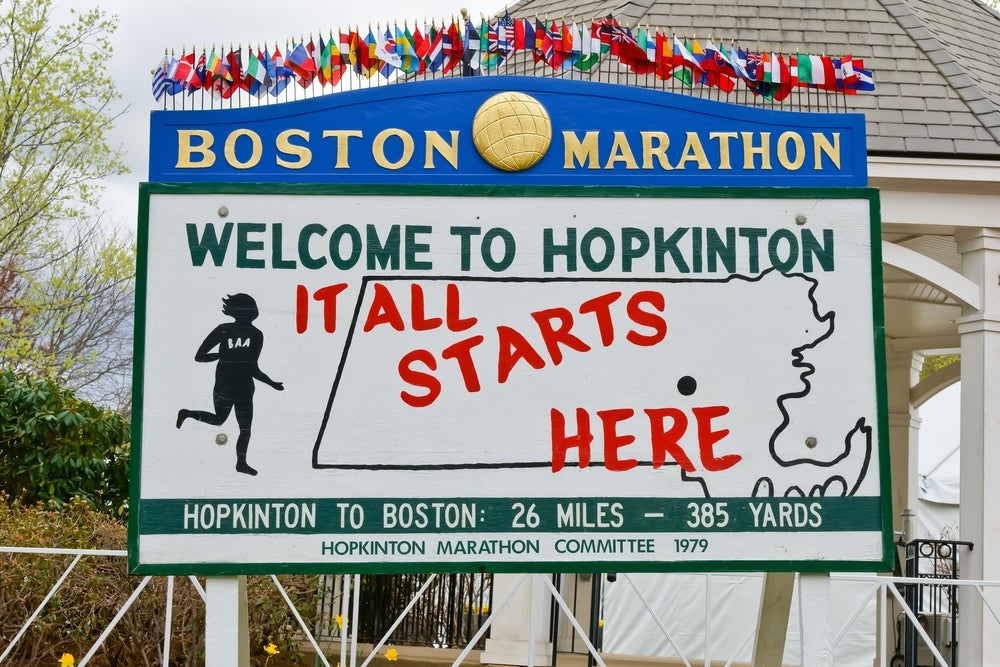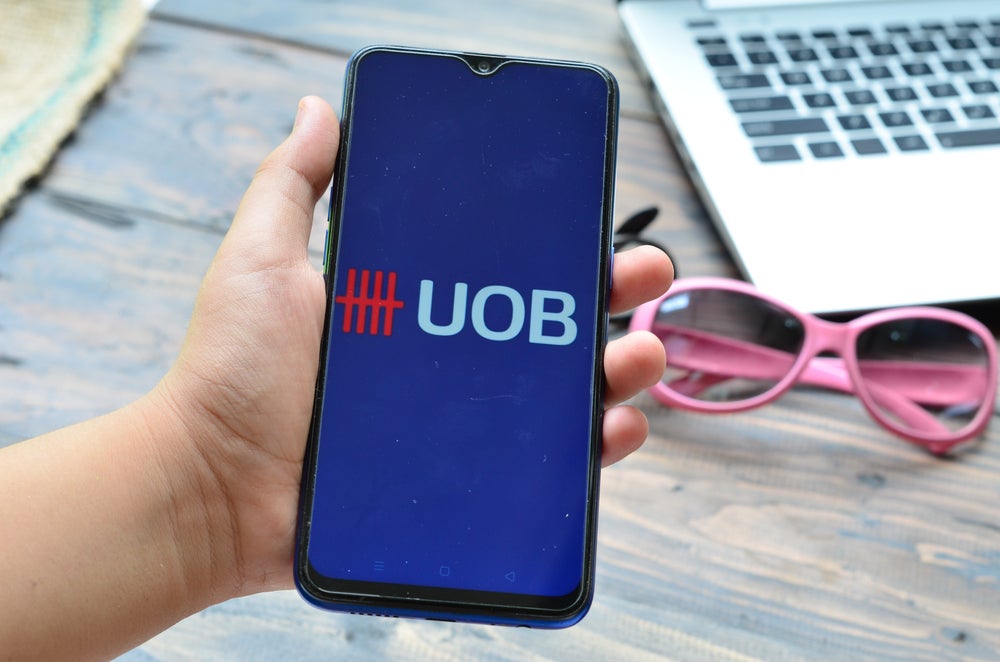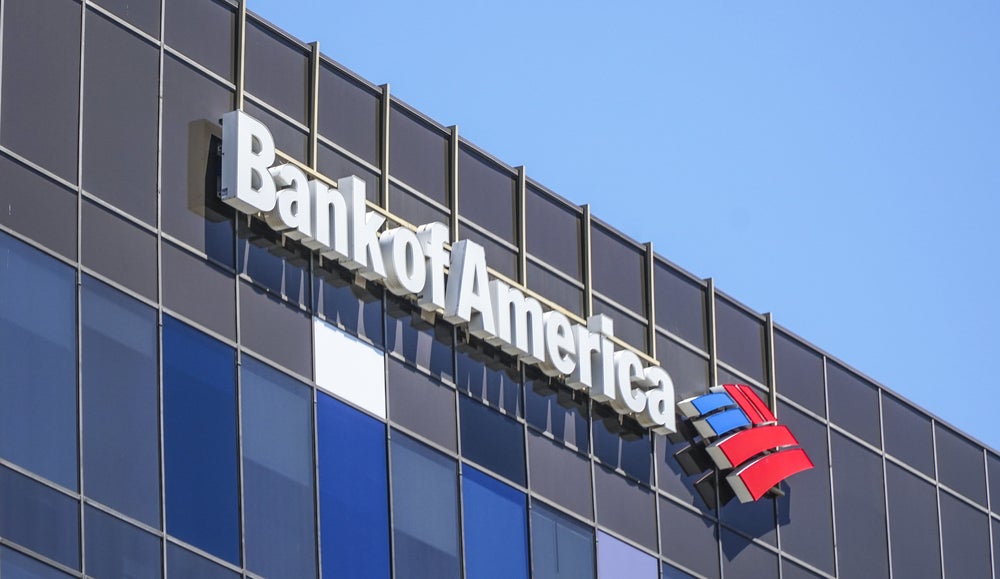
The Digital challenger banks are on the march in Latin America. The numbers may certainly look impressive, but Ivan Castano asks: are the current rates of growth sustainable, or is this a bubble that is set to burst
BCP is Peru’s largest bank, commanding 50% of payments and boasting 5.5 million clients in the Andean economy. But like many South American lenders, it is facing strong competition from a string of well-funded neobanks working to steal its lunch.
Enter B29, a digital bank founded by Spanish entrepreneur Mauricio Alban-Salas that hopes to win 10,000 clients in Peru next year after setting up shop in the US. By targeting Peruvian migrants in the US, and Peru’s hugely unbanked population, the firm hopes to ride growing consumer interest for online banking in Latin America and service 2.3 million customers by 2026.
Under the Goodbye Traditional Banking. Hello Financial Well-being slogan, B29 will offer 100% online banking and charge lower fees than its rival incumbent under a financial inclusion philosophy.
Considered Peru’s first fintech bank, B29 is not alone. A plethora of rivals are also hoping to convince the region’s population, often impoverished and shunned by giant, monopolistic banks, to use digital financial services.
“In Latin America, 65% of the population is unbanked including in Peru and Brazil where it stands around 60%,” Alban-Salas continues. “The market opportunity is huge.”
How well do you really know your competitors?
Access the most comprehensive Company Profiles on the market, powered by GlobalData. Save hours of research. Gain competitive edge.

Thank you!
Your download email will arrive shortly
Not ready to buy yet? Download a free sample
We are confident about the unique quality of our Company Profiles. However, we want you to make the most beneficial decision for your business, so we offer a free sample that you can download by submitting the below form
By GlobalDataAnd it just got bigger thanks to the pandemic. While neobanks were exploding before the coronavirus, drawing eye-popping investment rounds from New York financiers such as BlackRock, Goldman Sachs and JP Morgan, quarantines forced many people to try online banking and shopping, showing that it works and imbuing the practices into their lifestyles faster than would have been expected without a crisis.
Pandemic growth
“Most neobanks increased their market shares in the pandemic,” says Bruno Diniz, a fintech consultant in São Paulo, adding that the health crisis will only accelerate fintech banking’s stellar growth, which hovered at 70% annually before the crisis. “Social distancing and bank branch closures have provided a big boost.”
Brazil’s Nubank, for instance, acquired 6 million new customers during the crisis, and is now on a mission to grow in Argentina and Mexico, where the market is quickly becoming flooded with start-ups. It should have the money to do so after garnering $300m in its 11th funding round in August. Backers were undisclosed, but Sequoia Capital and Tencent Holdings have bankrolled the start-up – now Brazil’s second credit card issuer after Itaú – in the past.
Rival Neon Pagamentos, meanwhile, also drew $300m in September, showing that investors are willing to fund these banks despite the pandemic.
Carving a niche
While 2020’s investments will not reach those of 2019, Diniz does not rule out new rounds in niche players targeting small and midsize businesses or minorities such as LGBT consumers, or even truck drivers.
One such firm is Oyster Financial which aims to provide financial assistance to Latin American start-ups that struggle to obtain a traditional bank loan. “Despite being the world’s 11th-largest economy and its 15thlargest exporter, a vast majority of Mexican businesses are still unbanked or underbanked,” Oyster said in a statement.
Co-founder Vilash Poovla boasted that the firm can open new business accounts in 24-72 hours versus four to six months for high street banks. New Mexican provisions enabling entrepreneurs to open businesses faster than before have helped propel the firm’s growth, he added.
Mexico’s fintech law
Mexico’s widely touted Fintech Law, billed as the only one of its kind in Latin America, also helped draw $1.3bn since launching two years ago; it has also spurred a slew of startups by providing an open banking regulatory framework. With 249 firms, Mexico is the second-largest fintech banking market in Latin America. It accounts for 16% of the $8bn in investments drawn to the region in recent years, according to a report by consultancy KoreFusion.
Oyster apart, other start-ups such as Albo, Klar and Flink are working to win new customers, competing head to head with bricks-and-mortar leaders Citigroup’s Citibanamex, Spain’s BBVA and Mexico’s Banorte, all of which have been late to the digital party, analysts say.
BBVA is leading the pack so far, says Thiago Paiva, product manager at Oyster, adding that it is the only incumbent to offer online account opening services after closing many retail branches. “BBVA is the most advanced. The other banks that are not digitised are having a hard time attracting customers because they were unprepared to suddenly handle all these processes remotely,” he says.
Banco Azteca is also making inroads, especially with its app targeting Mexico’s vast swaths of low-income consumers, which Paiva says is better than most others. Smaller Banregio has also rolled out its own digital bank.
Retailers join the party
Uniquely, Mexican department store Liverpool is expected to launch its own neobank to hedge its huge credit cards’ franchise. With hundreds of stores, the retailer allows customers to pay bills and engage in other minor banking. Its app is also improving fast, says Paiva.
Convenience-store chain Oxxo is also seen jumping into the digital space. The chain already allows customers to pay their phone or utility bills in stores, as well as to buy airline or concert tickets and could be next to launch a digital bank, observers say.
Not to stay behind, the largest Mexicanowned lender Banorte recently struck a partnership with online delivery unicorn Rappi to grow its online presence.
Meanwhile, Brazilian banks and retailers are resorting to similar measures. Banco Votorantim has struck a joint venture with Neon Pagamentos, while Bradesco and Spain’s Santander have launched their own digital arms. Itaú, meanwhile, is working to improve its digital offering and is making progress using AI for digital credit scoring and underwriting, according to Paiva.
Unwelcome environment
Electronics retailer Via Varejo is also forming a digital bank to attend to its mass-market clientele. “It is targeting the bottom of the pyramid, people who make around $180 per month and don’t have access to financial services but still do some shopping and know and trust the brand. It’s much easier for them to work with Via Varejo than traditional banks that can have a hostile environment for this population,” Diniz notes.
In other tie-ups, low-cost mobile firm Tim, meanwhile, has entered into a crossmarketing partnership with C6, another digital lender targeting mass-market consumers with free accounts, credit cards, transfers, deposits and a 23,000-strong network for free ATM withdrawals.
Diniz expects many more such partnerships – or outright acquisitions – to take place as the larger banks look to enter the market or access riskier segments. This would be in line with what Santander did with Cabbage and Payments Circle in the UK to target small business owners.
Diniz claims digital banking has taken off in Brazil largely because unbanked consumers recognize neobanks’ innovative services at lower prices than incumbents. Customer service is also said to be superior.
“Most of the big banks charge BRL20 ($3.57) per month to keep an account, but with the fintechs you don’t get charges,” he says. Ubank, for instance, charges around half of competitors’ loan interest fees, and its investment products pay higher rates, according to Diniz. “The onboarding process [for new customers] is also faster, easier and more transparent.”
Overall, Diniz says neobanks’ fees are roughly 20% lower than those of the high street banks.
Regulatory changes
But neobanks face challenges. Latin Americans are still wary of banks – and online providers are no different.
“In Latin America, most people are still a little sceptical of banks, so that is a barrier to break,” concedes Paiva. And while many Millennials like the idea of digital banking, most unbanked people do not know how to use online banking, and do not fully trust it. Experts say most neobanks will need to invest to educate the population on how to use their apps and other online financial services if they want to accelerate their growth.
The lack of a regulatory landscape is also a big challenge. “The regulations have
to become more flexible to provide full operating licences to smaller institutions,” says Alban-Salas, adding that open banking provisions must also improve sharply. “Brazil and Mexico are giving some licences, but still very few.”
To operate, neobanks are applying for so-called banking-as-a-service licences, which can purchased or leased from traditional banks. B29 is already talking to several unnamed parties to obtain such clearance.
“In the US, you need a minimum of $5m to get a licence, but it takes two years,” says Alban-Salas. “We can’t wait that long to enter the US; we will need to find a bank. We are talking to several firms.”
‘Empathetic’ services
US-based, low-fee neobank Chime, which waves customer overdraft charges and provides two-day salary advances, also operates under such a licence. B29 will also likely waive overdrafts and provide affordable remittance services to its migrant – as well as first- and second-generation US Hispanic – customers to win their hearts.
“One of the biggest costs in US banking is overdraft fees, when you get charged $40 for not having funds in your account. We want to have ‘empathic’ policies with clients,” says Alban-Salas, noting that B29’s fees will be 50% lower than traditional banks.
B29 will also “tropicalise” services for different types of Latin American clients as it looks for new customers in migrant-heavy states such as California, New York or Florida.
“It’s not about getting all Latinos into the same pot,” he says. “You have to personalise the offering for, say, a Dominican or Argentinian.”
Is a bubble brewing?
As more and more neobanks seek funding and growth opportunities, not all will survive, Diniz acknowledges, adding that the sector is starting to look somewhat bubbly – notably in Brazil.
“There are lots of banks popping up here, but lots of them won’t find a sustainable business model because their plans are not that good,” Diniz explains. “There will be consolidation and opportunities for large and niche banks to survive, but in three years, we may see 50% of start-up numbers shrink in many parts of the world. It’s very easy to start a bank fast, but not so easy to maintain it.”







